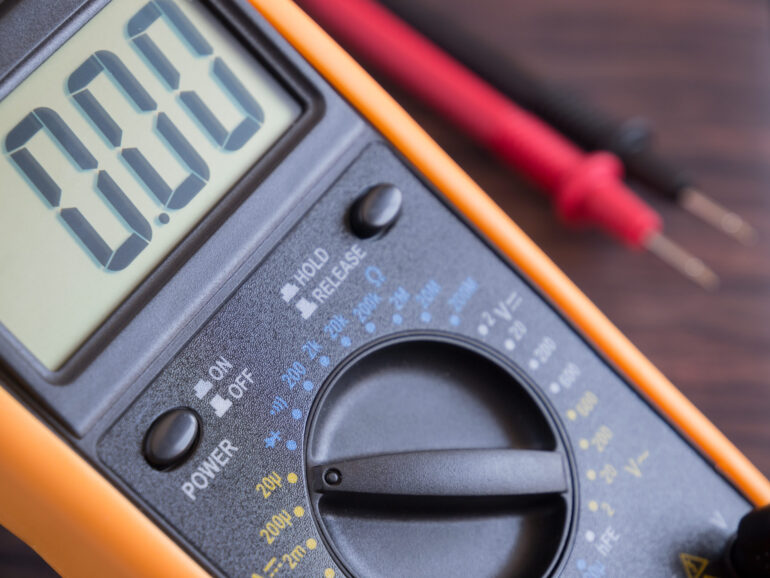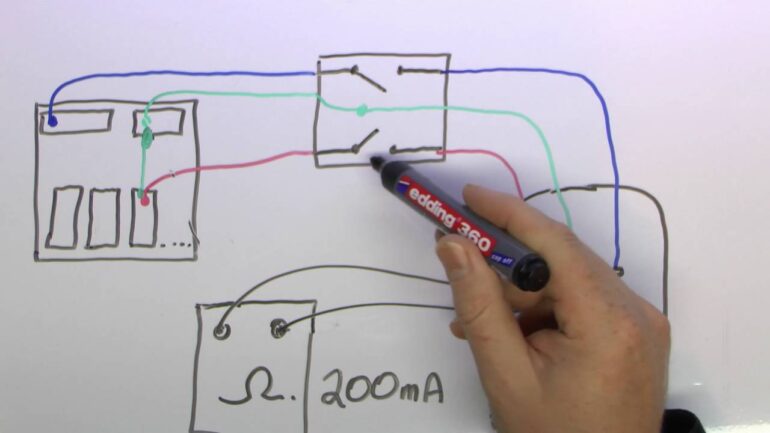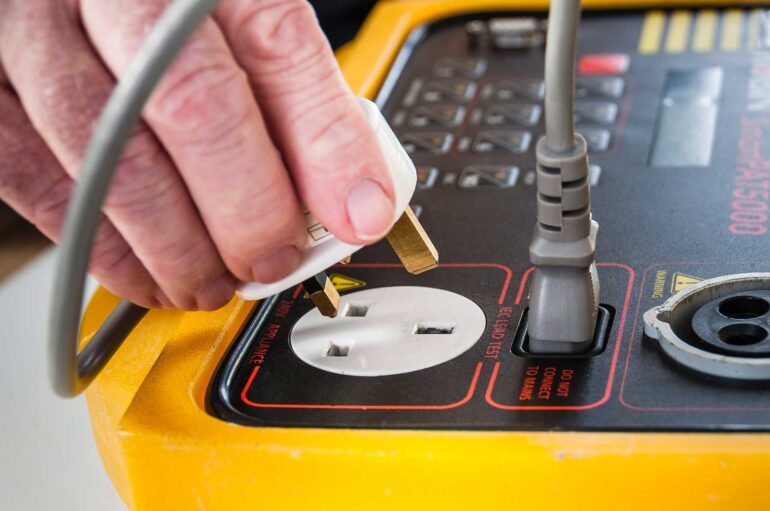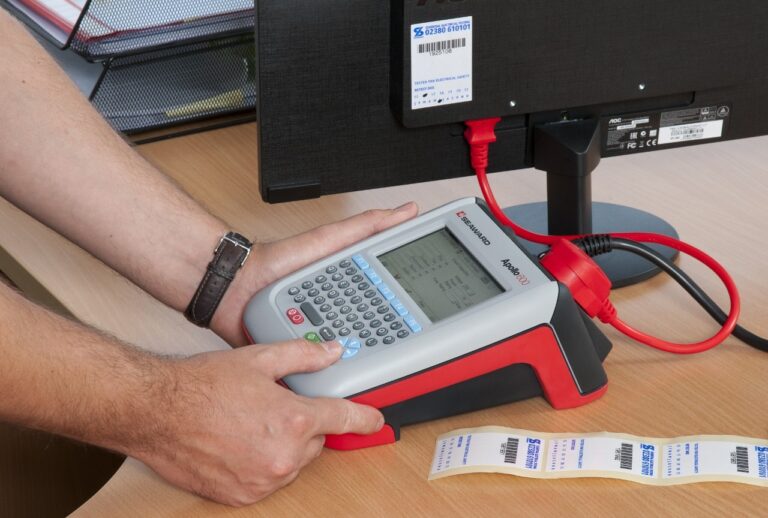Electrical safety plays an essential role in modern life. Portable Appliance Testing (PAT) is a procedure by which electrical appliances are tested for safety and compliance with industry standards. PAT testing is also necessary for landlords and employers to ensure the safety of their tenants or employees from potential fire or electric shock hazards in a safe working environment.
What is Involved in a PAT Test?
A Portable Appliance Test, or Portable Electrical Appliance Test, is a form of visual examination that assesses the safety of electrical appliances, with special attention to identifying any potentially dangerous defects. This type of examination is required for all non-fixed electrical equipment and other portable devices that are plugged into the electricity supply system.
PAT Testing includes an assessment of the appliance itself, as well as its associated cords, connectors, plugs, and outlet sockets. In addition to examining the visible components of the appliance such as insulation, switches, and heating elements, a qualified technician will also check any labels indicating the correct current draw and identify any inappropriate adapting hardware.
What Are the Different Types of PAT Tests?

There are four main categories: visual inspection; power leakage tests; earth continuity tests; and insulation resistance tests.
Visual Inspections
A visual inspection looks for any visible danger caused by wear-and-tear on plugs, sockets, or the appliance itself that could cause harm or death if it’s not recognized and rectified. An experienced technician can assist with this process by looking at all parts of an appliance thoroughly including cables, plugs, and sockets before certifying an item as safe to use.
Power Leakage
As part of a PAT inspection, a power leakage test carries out electrical measurements to make sure there is not too much current being created within an appliance compared to regulations in place such as the IET Code Of Practice 4th Edition (COP4).
This means that if anything inside the appliance was defective it would cause too much electricity flow potentially short-circuiting it – hence the need for testing professionals to carry out these checks routinely.
Earth Continuity

This type of examination is used to check if appliances are properly connected to our Earth’s ground systems. The earth must provide paths for hazardous currents away from people using the equipment – otherwise, they could put themselves at great risk!
If a measurement shows that there’s no connection between metal parts in the appliance and your home’s earthing system then technicians know they need to investigate further until they solve this issue before passing their inspections successfully.
Insulation Resistance
This last set of checks looks into how well insulated each part of an appliance may be from another allowing electricians to check even more dangerous situations such as possible shocking hazards that might arise from users coming into contact with metal surfaces inside their devices when operating them!
A qualified engineer will measure insulation resistance readings against standards like IET Guidelines For Electrical Installation In Domestic Premises (GDEIP) so any potential risks can be avoided & security maintained for everyone who must use these appliances on regular basis – thus ensuring their safety above all else.
What Are the Benefits?

The main benefits include:
- Identifying potentially dangerous, defective equipment before it can cause harm or injury.
- Helping businesses meet their legal duty and protect users from electric shocks, fires, or other damage from faulty equipment caused by poor electrical installation and maintenance practices.
- Improving safety compliance ratings for businesses that are inspected by statutory oversight organizations such as OSHA.
- Providing businesses with confirmation that all necessary inspections have been conducted satisfactorily each year.
- Reducing the risk of noncompliance related to safety standards or public liability through correct documentation on records.
- Assisting in achieving ISO standards by helping prove ongoing compliance with relevant legislation and codes of practice.
What Are the Regulations and Standards?
Here are some of the regulations and standards governing PAT testing:
- The Institution of Engineering and Technology (IET) – The IET publishes legislation relating to PAT testing, including codes of practice, guidance documents, and Regulations for Electrical Equipment.
- Health & Safety Executive (HSE) – The HSE sets out official regulations that all employers should abide by when conducting PAT tests in order to ensure employee safety.
- British Standards Institute – BSI produces specific standards needed for correctly conducting PAT tests including BS7671 (IEE Wiring Regulations). These are continually updated as technology evolves so you need to keep in check on new versions.
- Local Government Act 1972 – This UK legislation requires all employers to continue regular maintenance checks on their equipment, making sure that it meets legal standards at all times.

These are just some of the regulations and standards which apply when conducting PAT tests, but there could be others depending on your industry sector or application. It’s important that you familiarise yourself with relevant legislation surrounding the use of electrical appliances before undertaking a PAT test in order to meet requirements correctly.
How Often Should PAT Testing Be Done?
In general, equipment and appliances should be tested at least once every 12-24 months. This means that any item which has been newly installed or brought into use requires a PAT test within the next 12 months. Organizations may also want to conduct additional tests more frequently if the risk assessment demands it; for example, if an appliance is used frequently or in a harsh environment.
The areas most commonly affected by PAT testing are office/domestic environments dealing with PCs and laptops, buildings offering hairdressing services where there are high-risk areas due to the use of blow dryers, and those relevant where there are considerable amounts of public visits such as nightclubs with lighting rigs. PAT tests must also be conducted on equipment supplied by external vendors; it is advisable to ensure evidence for this is kept safe for any future inquiry about said items.
Conclusion
In conclusion, PAT testing is a vital part of keeping you and others safe in the workplace. While it may seem like an unnecessary task, it’s one that should not be overlooked. A simple visual inspection of equipment can help establish if further testing is required, ensuring that all appliances are kept to the highest safety standards.
For business owners and homeowners alike, PAT testing is a valuable means of staying on top of appliance maintenance, and a way to protect themselves from potential legal liability.

